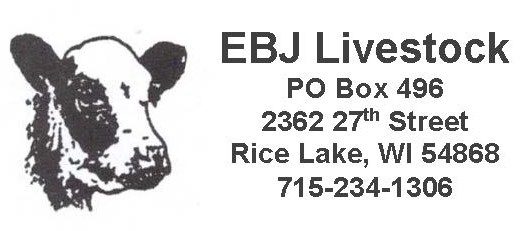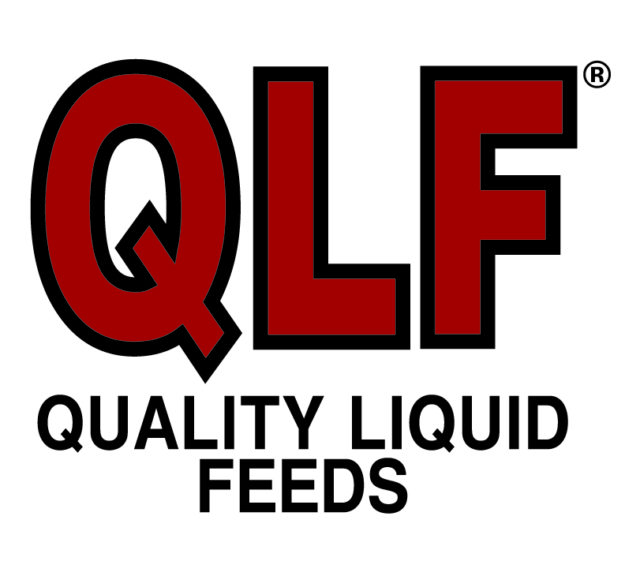When not conducted in a careful manner, however, disaster can strike, and damages can be severe and far-reaching.
An important consideration for landowners considering the use of prescribed burning is their potential liability if the burn causes injury or property damage and to comply with any requirements included in prescribed burning statutes in their state.
The legal approach to liability for prescribed burning varies by state. There are essentially three approaches: strict liability, ordinary negligence and gross negligence.
Strict liability
This approach is the most concerning for the landowner conducting a burn. Under a strict liability approach, a burner is held liable for any injury or damage caused by an escaped fire, period.
This standard does not take into account the reasonableness of the burner’s actions or any precautions taken to avoid injury. The mere fact that injury or damage is caused by a burn is sufficient for liability to attach.
Ordinary negligence
The ordinary negligence standard – the most prevalent for prescribed burn liability in the U.S. – imposes liability if a burner fails to exercise reasonable care under the circumstances. Several states, including Alabama, North Carolina and Texas, adhere to this standard.
Gross negligence
The gross negligence standard imposes liability on a burner only if he or she is found to have acted in a “grossly negligent” manner. Although the exact definition of what constitutes gross negligence may vary slightly by state, essentially it requires acting with an extreme, conscious disregard of the legal duty owed to another.
This is a more lenient standard toward a burner, requiring not only that he or she act unreasonably (as is the standard for ordinary negligence), but that he or she consciously and intentionally disregard the legal duty owed. Nevada was the first state to adopt this standard in 1993, followed by Florida in 1999.
Statutory requirements and liability limits
In addition to understanding which type of liability is followed in the burner’s state, a burner should also be aware of any statutory requirements for conducting a burn. In Texas, for example, a statute offers limited liability to a landowner if a prescribed burn is conducted on “agricultural or conservation land” by the members of a prescribed burning organization or under the supervision of an insured and certified prescribed burn manager.
Similarly, an Oklahoma statute requires certain actions be taken prior to conducting a burn, including providing notice to adjacent landowners and completing a prescribed burn notification plan and providing it to the local fire department.
Burns conducted in accordance with the statutory requirements do not constitute a nuisance, and an owner found to have caused damages as a result of ordinary negligence may be responsible only for actual damages.
Finally, there is no substitute for common sense. Anyone conducting a controlled burn should use best management practices such as having and executing a well-thought-out burn plan, checking weather conditions, being aware of any forecast changes and being in contact with neighbors and local fire departments.
Without question, prescribed burning can offer benefits to landowners when conducted carefully and in accordance with a state’s rules. Before conducting a prescribed burn, landowners should take care to determine any applicable statutory burning requirements or liability limitations and also understand the liability standard applicable in their own state. ![]()
PHOTO: Producers utilizing prescribed burning need to know definitions of negligence in the case of a burn gone wrong. Photo by Fredric Ridenour.

-
Tiffany Dowell Lashmet
- Assistant Professor and Extension Specialist – Agricultural Law
- Texas A&M AgriLife Extension Service
- Email Tiffany Dowell Lashmet







